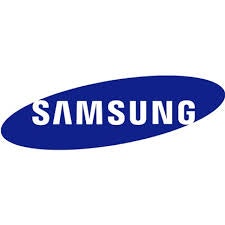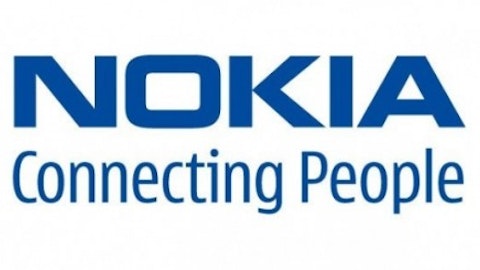In the mobile world, there are really only two companies that make every other smartphone maker envious — Apple Inc. (NASDAQ:AAPL) and Samsung Electronics Co., Ltd. (KRX:005930). Samsung Electronics Co., Ltd. (KRX:005930) is the world’s largest tech company by revenue, and holds 41% of the Android market share. And, according to researcher Juniper Analytics, the company shipped twice as many smartphones as Apple Inc. (NASDAQ:AAPL), and grew nine times faster in Q1 2013.
While Apple Inc. (NASDAQ:AAPL)’s success story has been chronicled in many news articles, books, and a forthcoming biopic, Samsung Electronics Co., Ltd. (KRX:005930)’s advancement is a little more elusive and probably less dramatic — but the impact on the smartphone market has been just as important.
Good artists copy, great artists steal
Pablo Picaso’s oft-quoted phrase was one Steve Jobs used himself. Jobs once added to the phrase in an interview saying, “We have always been shameless about stealing great ideas.” In an ironic twist, that’s the same approach Samsung Electronics Co., Ltd. (KRX:005930) took shortly after the iPhone launched.
Apple’s smartphone popularity had already been solidified at that time, and Samsung Electronics Co., Ltd. (KRX:005930) did its best to capitalize on it. In a 2010 Samsung document — which surfaced during a trial last year between the company and Apple — Samsung Electronics Co., Ltd. (KRX:005930) appeared to copy iPhone designs and functionality. Last year, AllThingsD wrote about the document saying: “In each case, it comes up with a recommendation on what Samsung should do going forward, and in most cases, its answer is simple: Make it work more like the iPhone.”
You can contrast Samsung’s response to the iPhone with other tech companies at the time. Microsoft Corporation (NASDAQ:MSFT) CEO Steve Ballmer said in 2007: “There’s no chance that the iPhone is going to get any significant market share. No chance.” The company failed to recognize what consumers wanted, and Microsoft Corporation (NASDAQ:MSFT) has been paying for it ever since. Windows Phone made up just 3.2% of all global smartphone shipments in Q1 2013.
Reports that leaked years after the iPhone initially launched showed that RES.IN MOT.DBA BLACKBERRY (FRA:RI1) — formerly Research In Motion — was in disbelief over the iPhone. RIM’s CEO at the time, Jim Balsillie, said this just after the iPhone launched: “It’s kind of one more entrant into an already very busy space with lots of choice for consumers … But in terms of a sort of a sea-change for RES.IN MOT.DBA BLACKBERRY (FRA:RI1), I would think that’s overstating it.”
These two companies are the easiest examples to pull from, because they not only didn’t notice what consumers wanted — or stubbornly chose to ignore it — but they also went in a decidedly non-Android direction.
Meanwhile, Samsung sought to directly compete with Apple using Android. Part of copying Apple’s design and usability lead to years of lawsuits and back-and-forth accusations between Apple and Samsung that most of us are all too familiar with. But, despite rulings on either side, Samsung’s similarities with the iPhone at the beginning have paid off for the company.
But Samsung’s initial follow-the-leader approach is only one small part of its meteoric rise. You have to dig inside the company’s deep pockets — and its devices — to really get at the heart of its success.
Components and commercials collide
Samsung manufactures its processors, handset displays, and internal flash memory — giving it control over major areas of its smartphone production. This gives the company a significant advantage over its competitors by not having to pay other companies to build main components for its devices, or wait for them to catch up to Samsung’s production needs. Which is great for the company, considering it cranked out 215 million smartphones last year.





